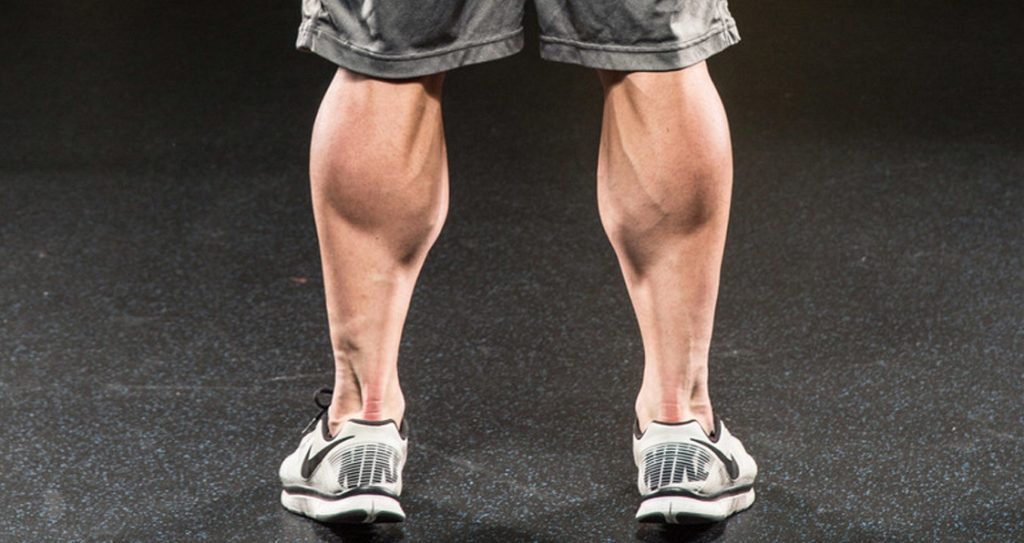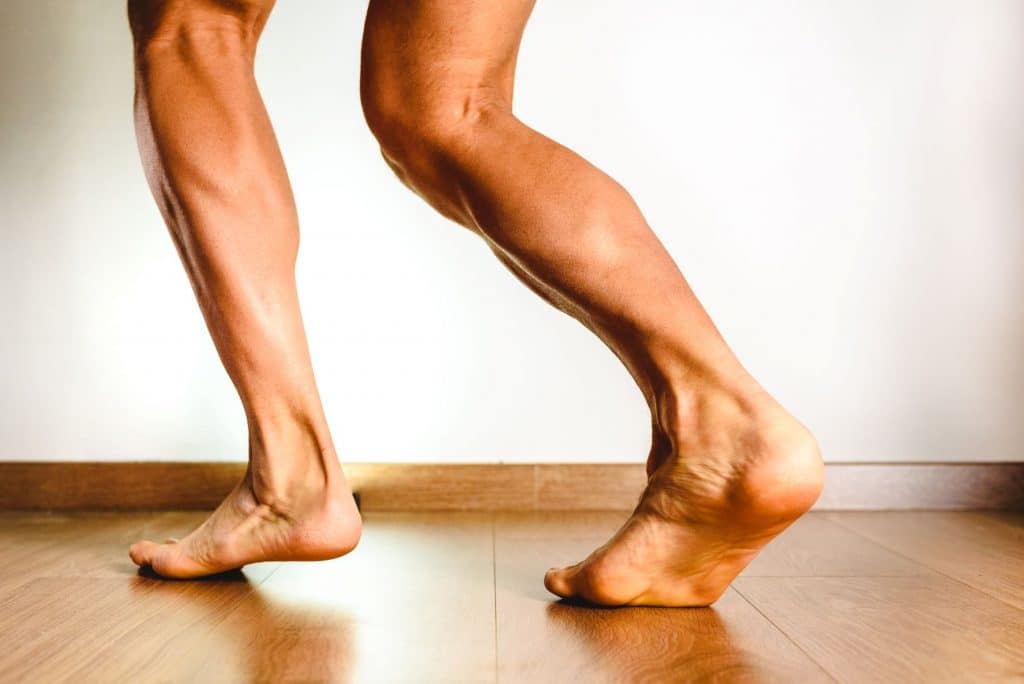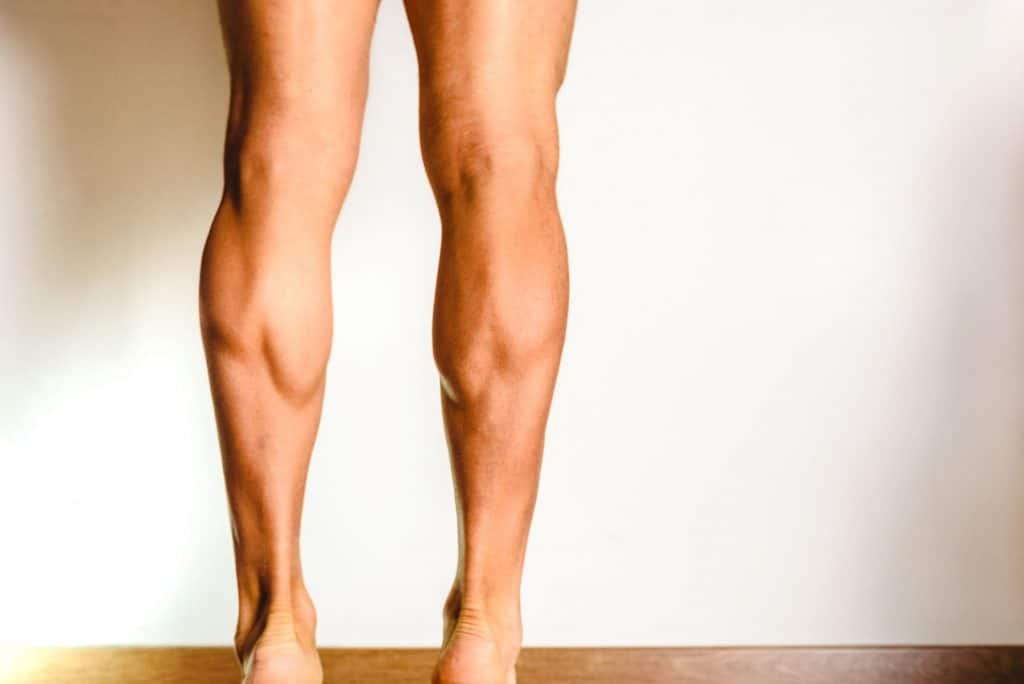This One Tip Will Turn Your Calves Into Bulls
I’ll come out clean I suffered from severe chicken leg syndrome (CLS) for a long time. My quads and hams weren’t as big a problem as compared to my calves. Small calves can make your legs looks skinnier than they actually are; so you have to grow your calves. You don’t want to be ridiculed for having a huge upper body and tiny legs. Having a weaker lower body can even have an adverse psychological effect on you. You might lose all your confidence in your physique if your legs are lagging. Having legs that look skinny opens the door for the never ending “this guy skips leg day” comments.
Wearing track pants to the gym and outside isn’t a permanent solution to this problem. Arnold Schwarzenegger’s weakest body part arguably was his legs, and people made fun of him for his skinny legs. Arnold, being the champion he is, used this body shaming as a motivation. He turned this weakness into a strength by wearing shorts to the gym every day, and training hard.
Our team at Generation Iron is going to take a look at what it takes to turn your calves into full blown bulls.
Why Might Your Calves be Small?
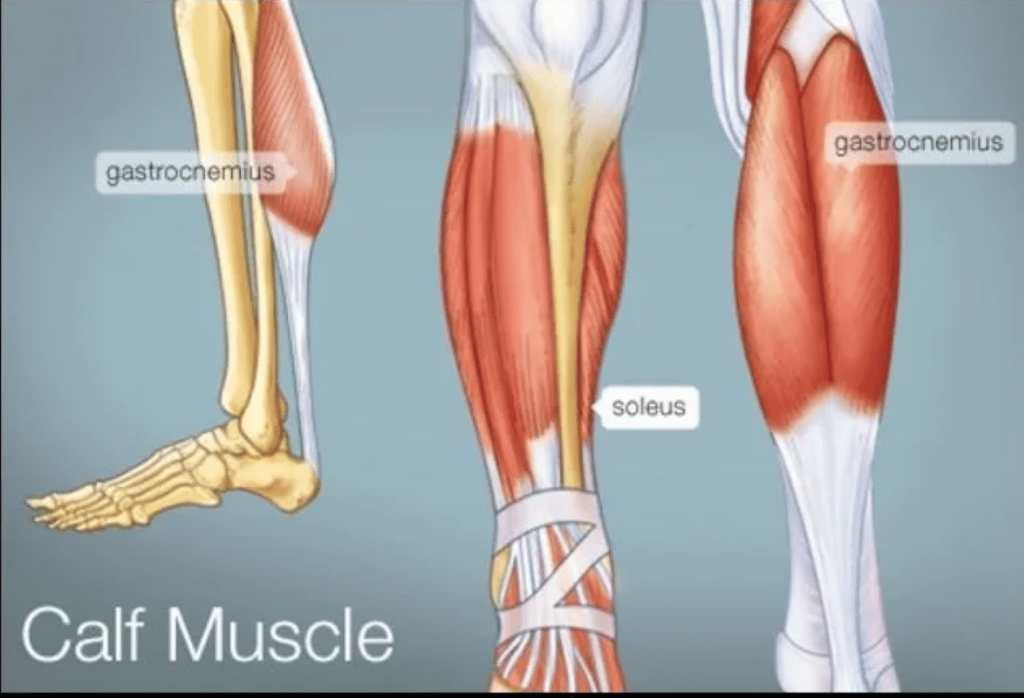
Look around in your gym, and you might see people with relatively weaker calves. Many people think that they cannot grow calves, so they just half-heartedly train them or ignore them entirely. While it may be hard, it is not impossible. Let’s take a look at a few reasons why your calves may not be growing.
One reason your calves may not be the best, is genetics. Everyone is built different, muscle insertions are not the same on everyone. Some people may have very high calf insertions, so they do not have as much room to put the muscle mass on. Other people may have thick ankles, so even if their calves are larger it still appears that they have small calves.
Another reason behind small calves could be the lack of knowledge and understanding. The bro scientists at your gym might have convinced you to follow the ‘right approach’ to calf training and stick to a certain number of exercises, sets, and reps. With calves, this is not necessarily the case. You are utilizing your calf muscles every day, every time you are walking. They are constantly being used, which means they can essentially take a lot more intensity on training, in a way it is “overtraining“, but realistically you can train calves every day.
Training Calves Wrong
Most people make the mistake of doing the same exercises over and over again, this will not grow the calves. The most amount of variation they have in their calf workouts is the weekly alternation between the standing and seated calf raises. As it is for any muscle group, you should have variety in your training.
First off, calves are a very stubborn muscle group and can be one of the hardest to grow. You need to train your calves from all the angles to ensure an overall development. The standing variation targets the gastrocnemius while the seated version targets the soleus.
When it comes to calf training, some people treat it as accessory work and train them at the end of their leg workouts after they’re completely exhausted. You have to think, if you continuously train calves when you are already fatigued and cannot give it the same intensity as you do other muscles, how will they grow like other muscles?
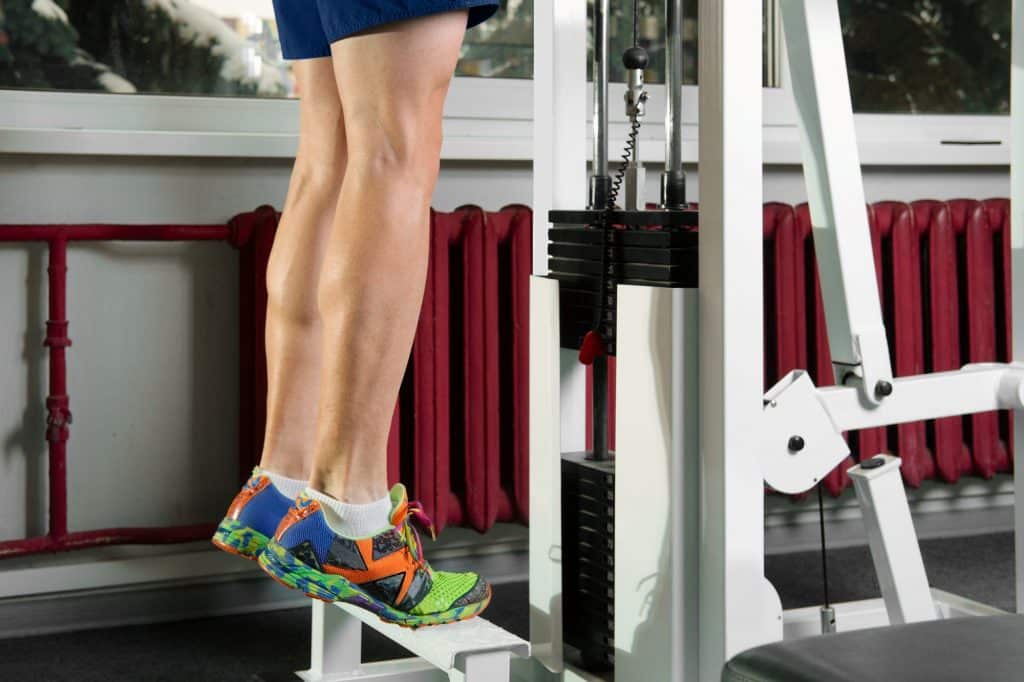
You should be training your calves at the beginning of your workouts, especially if you have underdeveloped calves. Even training mid workout can be good, as long as you are not completely out of energy.
Calves Are Different
While most people like doing 12-15 sets per muscle group when training things like chest, back, arms, or whatever else, they stick with just three sets for their calves. You stand on your calves for entire days. You utilize them when you walk. Your calves are used to constant use and abuse. You need to be doing more to shock them into growing.
You should be treating your calves just like all the other muscle groups, if not putting more intensity into training them. Aim to hit muscular failure every time you’re training your calves. Regularly changing the intensity of your calf workouts will also take your gains to the next level.
Grow Your Calves Into Bulls
I had tried everything, the standing and seated calf machines, donkey calf raises, single leg calf raises and calf raises on the leg press, but nothing seemed to work for me. There was hardly any technique I didn’t use.
This was when I decided to return to the basics and move my way up. I cut back on using weights to train calves. I realized people with small calves (me included) waste a lot of their time on the calf machines lifting heavy weight just to try and force growth, but were not seeing the best results.
Ego lifting on any exercise keeps these people from having a complete range of motion. This is detrimental in developing you muscles, especially your calves. I then did something which might sound a little counterintuitive. I cut back on training calves in the gym.
Get On Your Toes
There is a reason ballerinas have toned, muscular calves even when they have skinny legs. They spend most of their times on their toes. This puts all their body weights on their calves and ankles. I could see how this can be my ticket to bigger calves.
No, I did not signup for a ballerina class. Instead, I decided to train my calves every single day for the next one month at home, right before I go to bed. This proved to be the change my calves needed.
The Workout
This at-home workout consists of only one exercise and one set. You will be doing 100 reps of standing calf raises. You need to make sure you’re on your toes at the top of the movement and squeeze the hell out of your calves.
Have all the tension on your big toe while lifting yourself. Don’t transfer your weight on the smaller toes. You should look like a ballerina standing on her toes while you’re at the top of the movement.
Stand beside a wall and follow the same movement and momentum throughout the exercise. Don’t hold onto or lean against the wall. Doing this can take off the tension from your calves.
You don’t have to worry about the negative motion (below parallel) of this movement. Squeezing your calves at the top of the movement and coming back to the starting position is enough to get the gains going.
Slowly raise yourself during the concentric movement (going up) and follow the same motion on the eccentric part. Don’t drop like a bomb while coming down. Maintain a mind-muscle connection throughout the exercise.
The first time you try this workout, your calves will be on fire. Go to bed right after finishing the workout and give your body time to recover. As you get better, add 15 reps to this exercise. Aim for complete muscle failure at the end of this workout.
Tips for Training Calves
Range of motion is a big deal with training calves. When it comes to the exercise discussed in the previous section of this article, consider putting your toes on something. Maybe a box, or telephone book (if you even have one of those) will sustain. Anything to get the extra stretch, so when you come down your heels have to go a lot further to touch the ground.
Another thing to consider when training calves, is you can do them quite literally anywhere. If you are in line at a coffee shop or grocery store, don’t be afraid to just stand there and hit a couple calf raises. While you’re standing in the kitchen making your meal preps, stand on your toes to put some tension on your calves. Every time you go up a flight of stairs, do a calf raise for each step.
Every little bit counts when training calves, and you are already hitting them throughout the day when you are walking, standing, or anything of the sort. Why not put the extra tension on those calves to force a little more growth?
Questions About Calves
You may have a few questions about your calf training. Let’s address them.
Should You Ditch Your Calves in the Gym?
No! Do not completely abandon training calves in the gym. The weighted calf training and angles you can hit on the machine, combined with the deep stretch the machines enable is nothing but beneficial.
Just do not go too heavy to the point where your range of motion is compromised. Focus on a nice deep stretch on the movement, and a good squeeze at the top.
How Often Should you Train Calves in the Gym?
If you are putting as much focus into your calves as other muscle groups, then 2-3x per week would be good for calves. They are a muscle group that needs to be hit hard, so make sure to do just that when you are in the gym.
You can hit them on your leg days, or throw them in on a day that is not leg day. That way, you can hit calves at the end of your workout and not worry about fatigue. For example, if you hit calves at the end of chest day, you can hit them hard still. But if you hit them at the end of leg day, you may not be able to do as much.
But outside of the gym, as I said before, hit them whenever. Standing in line somewhere, walking up stairs, in the kitchen making dinner, whatever, bang out some calf raises. It can’t hurt!
Which is the most effective workout according to you? Let us know in the comments below. Also, be sure to follow Generation Iron on Facebook, Twitter, and Instagram.
References
Gastrocnemius. Physiopedia. (n.d.). Retrieved October 21, 2022, from https://www.physio-pedia.com/Gastrocnemius
WebMD. (n.d.). The Calf Muscle (human anatomy): Diagram, function, Location. WebMD. Retrieved October 21, 2022, from https://www.webmd.com/fitness-exercise/picture-of-the-calf-muscle
